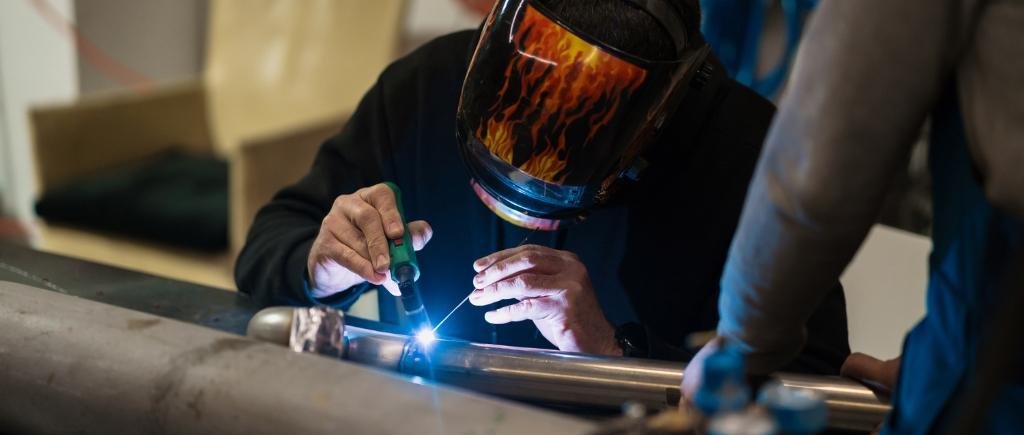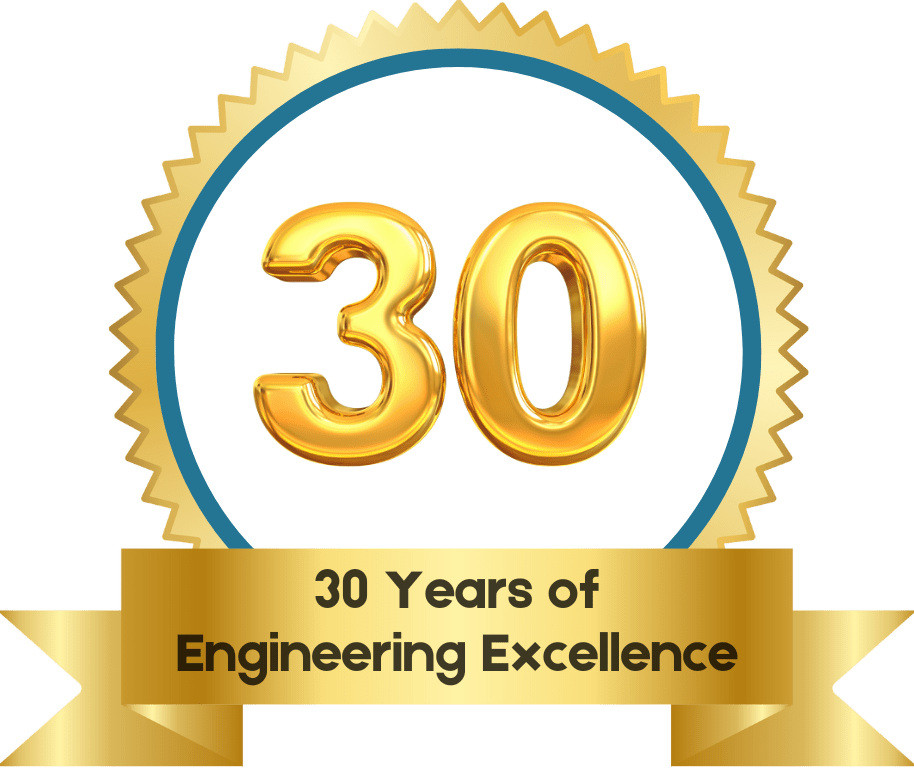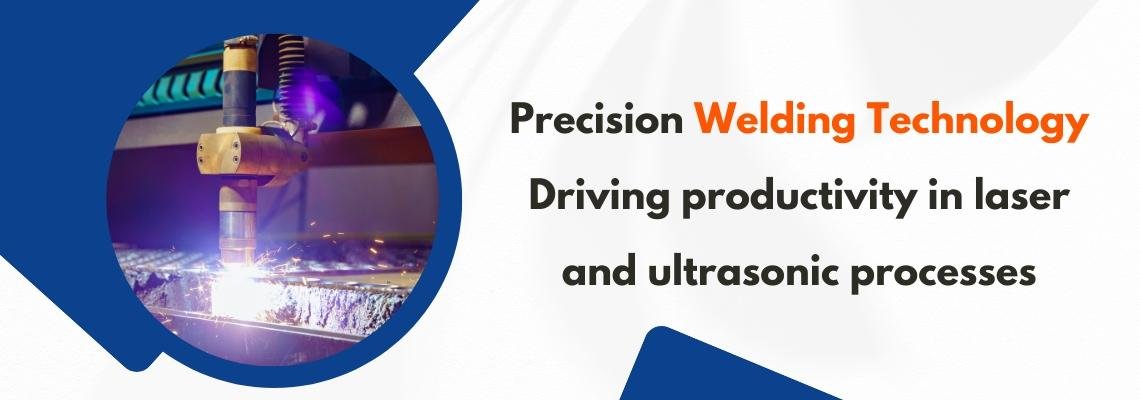In 2025, the fusion of precision welding technology with advanced laser and ultrasonic processes is redefining industrial manufacturing. For industrial engineers, production managers, and technology adopters, these innovative techniques promise not only superior accuracy but also transformative productivity gains that traditional welding methods cannot match.
The Demand for Precision
Modern industries—from electronics and medical devices to automotive and aerospace—require welds that are not just strong, but microscopically precise. This drive for miniaturization, reliability, and material efficiency has brought laser and ultrasonic welding to the forefront of production.
Laser Welding: Ultimate Accuracy and Speed
Laser welding leverages a focused beam of high-intensity light to join materials with minimal heat affect. This method enables:
Pinpoint Control: The laser beam can be targeted with extreme accuracy, allowing for clean, minimally invasive welds on thin or delicate components.
High Productivity: Laser welding operates at high speeds, reducing production time—ideal for automotive, electronics, and medical device manufacturing where cycle time is critical.
Multi-Material Capability: From stainless steel to titanium alloys and ceramics, a wide range of materials can be welded reliably, with almost no distortion and outstanding repeatability.
In-Process Monitoring: Laser welding can integrate real-time sensors—like laser ultrasonics—for immediate quality control, enabling rapid detection of weld depth and defects.
Ultrasonic Welding: Lower Heat, Higher Innovation

Ultrasonic welding uses high-frequency sound waves to bond materials under pressure, offering unique advantages:
Low Temperature Process: The process bonds materials without melting, essential for joining plastics, thin wires, and sensitive electronics.
Speed & Efficiency: Cycle times are extremely short; welds are completed in a matter of seconds, minimizing downtime and maximizing output.
Less Material Deformation: Since there’s little to no external heat, the joined components retain their base properties—ideal for medical, filtration, and microelectronics applications.
Clean, Eco-Friendly Operation: No adhesives or solvents are required, supporting sustainable and cost-effective manufacturing.
Productivity Gains with Automation & Digitalization
Both technologies integrate seamlessly with robotics and Industry 4.0 systems:
Automated Lines: Robots equipped with laser or ultrasonic tools enable continuous production with near-zero defects, ensuring consistent quality across large batches.
Data-Driven Optimization: Real-time monitoring and digital feedback loops enable immediate process adjustments, predictive maintenance, and traceability—all vital for scaling output without sacrifices.
Faster Return on Investment: The productivity and quality improvements quickly mitigate upfront costs, driving strong ROI for manufacturers.
Real-World Applications
Electronics: Precise joining of circuit boards, sensors, and micro-components.
Medical Devices: Seamless, sterile welds for surgical instruments and filtration products.
Automotive & Aerospace: Building lightweight, high-strength assemblies with invisible, consistent seams.
Future Trends
Expect continued innovation as precision welding technology evolves, including:
- Hybrid welding systems combining laser and ultrasound for even greater flexibility.
- AI-driven quality assurance automating defect detection instantly.
- Expansion into additive manufacturing, supporting next-gen component designs.
Adopting precision welding technology in laser and ultrasonic processes gives manufacturers the competitive edge—unlocking unbeatable accuracy, unprecedented speed, and exceptional quality. This empowers industrial leaders to meet tomorrow’s manufacturing challenges with confidence.
Discover more about the integration of advanced welding solutions by visiting our Welding Electrode making machine Manufacturers page to drive your plant’s productivity to new heights.




**mindvault**
mindvault is a premium cognitive support formula created for adults 45+. It’s thoughtfully designed to help maintain clear thinking
**sugarmute**
sugarmute is a science-guided nutritional supplement created to help maintain balanced blood sugar while supporting steady energy and mental clarity.
**gl pro**
gl pro is a natural dietary supplement designed to promote balanced blood sugar levels and curb sugar cravings.
**prostadine**
prostadine is a next-generation prostate support formula designed to help maintain, restore, and enhance optimal male prostate performance.
**glucore**
glucore is a nutritional supplement that is given to patients daily to assist in maintaining healthy blood sugar and metabolic rates.
**prodentim**
prodentim an advanced probiotic formulation designed to support exceptional oral hygiene while fortifying teeth and gums.
**vitta burn**
vitta burn is a liquid dietary supplement formulated to support healthy weight reduction by increasing metabolic rate, reducing hunger, and promoting fat loss.
**synaptigen**
synaptigen is a next-generation brain support supplement that blends natural nootropics, adaptogens
**nitric boost**
nitric boost is a dietary formula crafted to enhance vitality and promote overall well-being.
**mitolyn**
mitolyn a nature-inspired supplement crafted to elevate metabolic activity and support sustainable weight management.
**wildgut**
wildgutis a precision-crafted nutritional blend designed to nurture your dog’s digestive tract.
**zencortex**
zencortex contains only the natural ingredients that are effective in supporting incredible hearing naturally.
**yu sleep**
yusleep is a gentle, nano-enhanced nightly blend designed to help you drift off quickly, stay asleep longer, and wake feeling clear.
**breathe**
breathe is a plant-powered tincture crafted to promote lung performance and enhance your breathing quality.
**pinealxt**
pinealxt is a revolutionary supplement that promotes proper pineal gland function and energy levels to support healthy body function.
**energeia**
energeia is the first and only recipe that targets the root cause of stubborn belly fat and Deadly visceral fat.
**prostabliss**
prostabliss is a carefully developed dietary formula aimed at nurturing prostate vitality and improving urinary comfort.
**boostaro**
boostaro is a specially crafted dietary supplement for men who want to elevate their overall health and vitality.
**potentstream**
potentstream is engineered to promote prostate well-being by counteracting the residue that can build up from hard-water minerals within the urinary tract.
**hepatoburn**
hepatoburn is a premium nutritional formula designed to enhance liver function, boost metabolism, and support natural fat breakdown.
**hepato burn**
hepato burn is a potent, plant-based formula created to promote optimal liver performance and naturally stimulate fat-burning mechanisms.
**flowforce max**
flowforce max delivers a forward-thinking, plant-focused way to support prostate health—while also helping maintain everyday energy, libido, and overall vitality.
**prodentim**
prodentim is a forward-thinking oral wellness blend crafted to nurture and maintain a balanced mouth microbiome.
**cellufend**
cellufend is a natural supplement developed to support balanced blood sugar levels through a blend of botanical extracts and essential nutrients.
**revitag**
revitag is a daily skin-support formula created to promote a healthy complexion and visibly diminish the appearance of skin tags.
**neurogenica**
neurogenica is a dietary supplement formulated to support nerve health and ease discomfort associated with neuropathy.
**sleep lean**
sleeplean is a US-trusted, naturally focused nighttime support formula that helps your body burn fat while you rest.